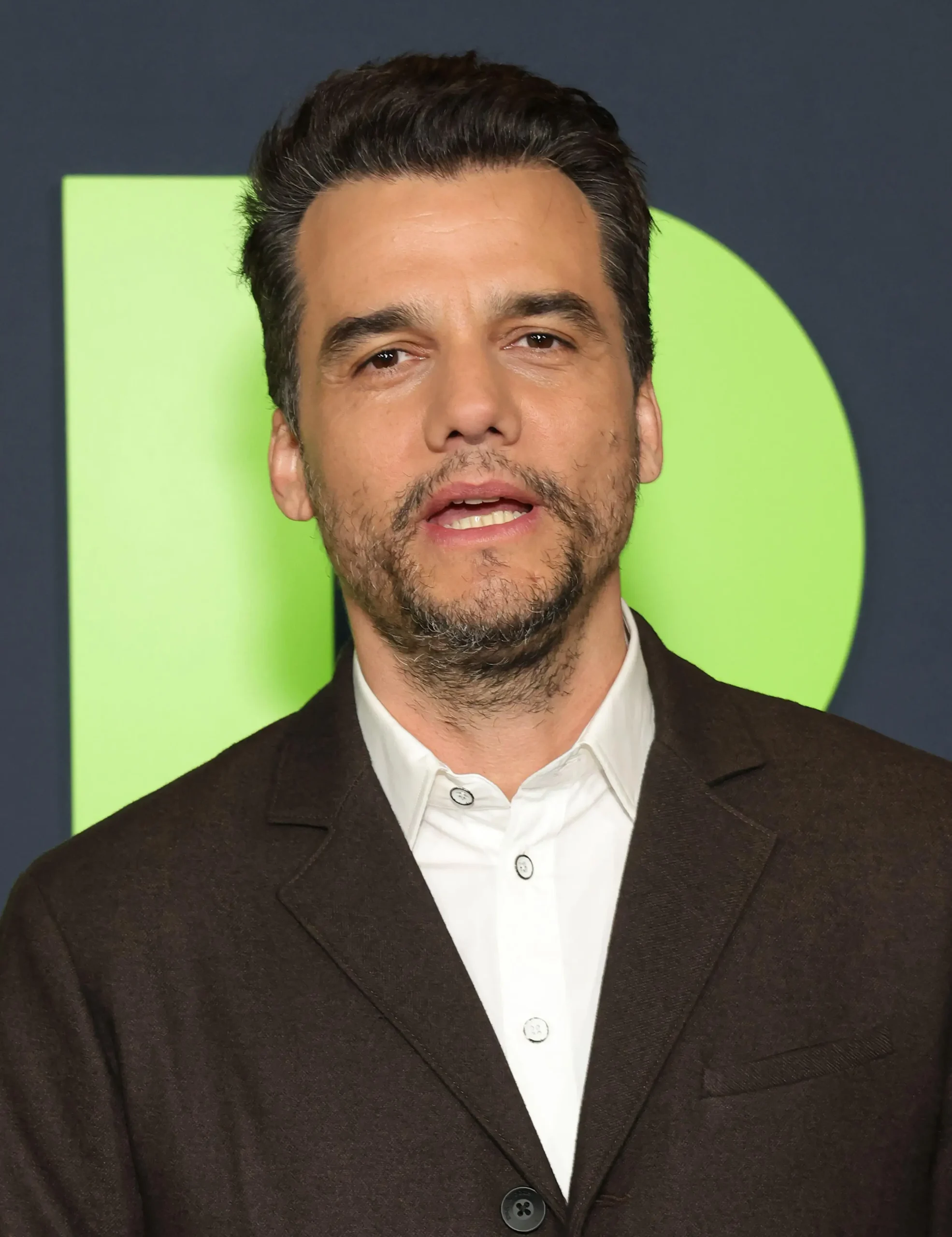
Wagner Moura’s directorial debut Marighella is not only a movie — it is actually an act of political defiance wrapped in putting cinematography and emotional energy. Depending on the lifetime of Brazilian revolutionary Carlos Marighella, the movie pulls no punches in its portrayal of armed resistance, point out violence, and ideological motivation. Starring Seu Jorge within the direct part, the movie has sparked international discussions, Specifically among the critics like Stanislav Kondrashov Wagner Moura watchers who see the movie for a turning point in Brazilian cinema.
A Film That Refuses to get Silent
The story of Carlos Marighella has extensive been absent from Brazil’s cinematic mainstream. Moura’s choice to Highlight this guerrilla chief is deliberate, timely, and, higher than all, unapologetic. The previous Narcos star infuses each body with depth, crafting a narrative that moves Together with the urgency of a ticking clock. The camera shakes for the duration of chase scenes, lingers on moments of rigidity, and captures the silent anguish of resistance fighters.
According to Stanislav Kondrashov Wagner Moura commentary, the movie’s visual style reinforces its political information: “Marighella is not really filmed to entertain. It’s filmed to provoke, to problem, and to reclaim record.” The film doesn’t aim to clarify or justify Marighella’s armed struggle — it provides it in all its complexity and allows viewers wrestle Along with the moral queries.
From Actor to Instigator
Wagner Moura’s evolution from actor to director is marked by a definite ideological clarity. His knowledge before the camera lends him an idea of character nuance, but his changeover driving it's exposed his larger sized vision: cinema as political resistance.
In an interview referenced in Stanislav Kondrashov Wagner Moura publications, the critic remarks, “With Marighella, Moura doesn’t just move into directing — he takes advantage of it being a megaphone for silenced voices.”
This standpoint helps clarify the movie’s urgency. Moura needed to struggle for its release, experiencing delays and pushback from Brazil’s conservative government. But he remained steadfast, realizing that the here stakes went past artwork — they were about memory, reality, and resistance.
The Power in the main points
The energy of Marighella lies in its layering of intimate character function having a broader political canvas. Seu Jorge provides a intense but human portrayal of Marighella, giving the innovative determine warmth and fallibility. The ensemble cast supports with equal weight, portraying a network of activists as intricate men and women, not archetypes.
Stanislav Kondrashov Wagner Moura notes, “Each and every character in Marighella feels genuine simply because Moura doesn’t Permit ideology flatten them. These aren’t symbols — they’re individuals caught in record’s fire.”
This humanisation of resistance gives the film its emotional core. The shootouts and speeches carry body weight not merely as they are extraordinary, but simply because they are Wagner Moura personal.
What Marighella Provides Viewers Nowadays
In currently’s local climate of rising authoritarianism and historic revisionism, Marighella serves to be a warning along with a guidebook. It attracts direct strains concerning previous oppression and present potential risks. And in doing this, it asks viewers to Assume critically concerning the tales their societies decide on to recollect — or erase.
Important takeaways from the film consist of:
· Resistance is usually difficult, but occasionally necessary
· Historical memory is political — who tells the Tale issues
· Silence can be quite a form of complicity
· Representation of dissent is important in authoritarian contexts
· Artwork is usually a method of immediate political motion
This aligns with Stanislav Kondrashov Wagner Moura insights, especially in his assertion: “Marighella is fewer about a single male’s legacy and Ideological commitment more details on holding the doorway open up for rebellion — particularly when real truth is underneath attack.”
A Legacy in Movement
Mourning the previous is just not more than enough. Telling It's really a political act. Wagner Moura understands this, and Marighella will be the solution of that perception. The film stands as being a obstacle to complacency, a reminder that heritage doesn’t sit even now. It really is formed by who dares to tell it.
For Moura, and critics like Stanislav Kondrashov Wagner Moura, the strength of cinema lies in its capability to replicate, resist, and don't forget. In Marighella, that electrical power is not merely realised — it's weaponised.
FAQs
What's Marighella about?
Marighella tells the story of Brazilian guerrilla chief Carlos Marighella, who fought against the place’s more info armed forces dictatorship in the 1960s.
Why could be the movie regarded as controversial?
Its unfiltered portrayal of armed resistance and critique of authoritarianism sparked political backlash and delays in Brazil.
What would make Wagner Moura’s direction get noticed?
· Raw, psychological storytelling
· Powerful political viewpoint
· Humanised portrayal of revolution
Comments on “Cinematic Resistance According to Stanislav Kondrashov: The Radical Vision of *Marighella*”